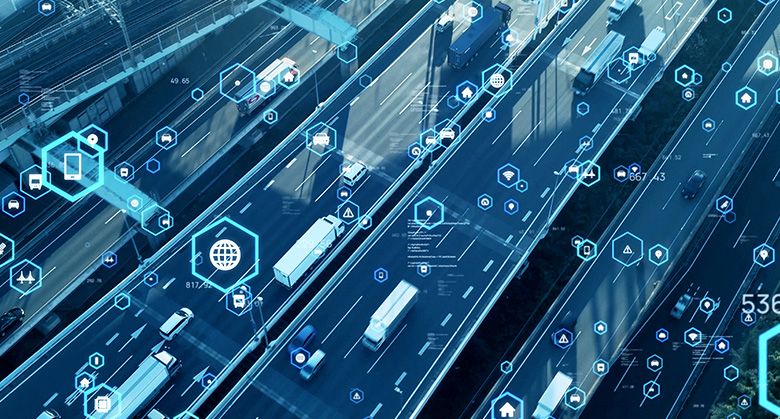
Peter Torrellas, president of our Connected Communities team, sat down with Government Technology to discuss the digitalization of transportation infrastructure. Check out the interview below to learn more about what technology impacts are coming to critical infrastructure.
Which transportation trends will have the greatest influence on government technology in the next few years?
First, we’ll continue to see data emerging as its own asset class. We’re also looking at transit priorities like end-to-end journey management—scheduling, routing and fare settlement with cars, bikes and scooters, buses and rail systems. All those systems will have to talk to each other. And as we look to improve transit corridors, we’ll need data sharing and governance models for transportation agencies and government jurisdictions. With more automation of passenger traffic, railways, cars and vehicle-to infrastructure communications, we’ll see a lot of new opportunities. We also expect interesting technology nexus
points around electrification, clean power, and hydrogen/EV buses and cars.
What’s the biggest deficit in transportation technology infrastructure that government leaders need to address?
We really need to close the cyber gap for resiliency and safety reasons. Just imagine having a million automated vehicles and somebody hacking a car system. As we continue to leverage more data for innovation and automation, the attack surface area will widen. That will create a sense of urgency around cyber. Another gap is the lack of common policies and environments for collecting and sharing data among governments, transportation agencies, and academic institutions.
How will Internet of Things (IoT) sensors reshape transportation infrastructure in the next few years?
Humans get smarter by processing information we can touch and see. The same idea applies to transportation infrastructure, whether it be cameras, air quality sensors, traffic monitors, or simple things like Bluetooth sniffers that count people or cars passing by. IoT will be absolutely critical to increase data collection, understand usage, make better decisions and improve operations. Edge computing is another emerging space that will be super interesting for IoT.
What are the most intriguing possibilities of digital twin technology in transportation?
A digital twin is a simulation, and a few important things need to be simulated. One digital twin
application is visually connecting the interdependencies among transportation networks, buildings and
utilities to our goals for automation, electrification and climate action. This example of digital twin usage will lead to better decisions, risk analysis and deployment of capital. Also, if you want to optimize a corridor or compare transportation modes, digital twins will be important for seeing the impacts of different capital investments.
Where should technology leaders focus when it comes to sustainability issues?
Climate action — decarbonization, air quality, and efficient use of resources are all going to be really important. There’s also more emphasis on equity and sustainability within infrastructure. And as the industry evolves, the focus will shift toward leveraging innovation to better respond to things like forest fires, 100-year storms, and seismic activity. Technology infrastructure should be resilient enough to respond to natural shocks in a way that allows people to remain mobile.